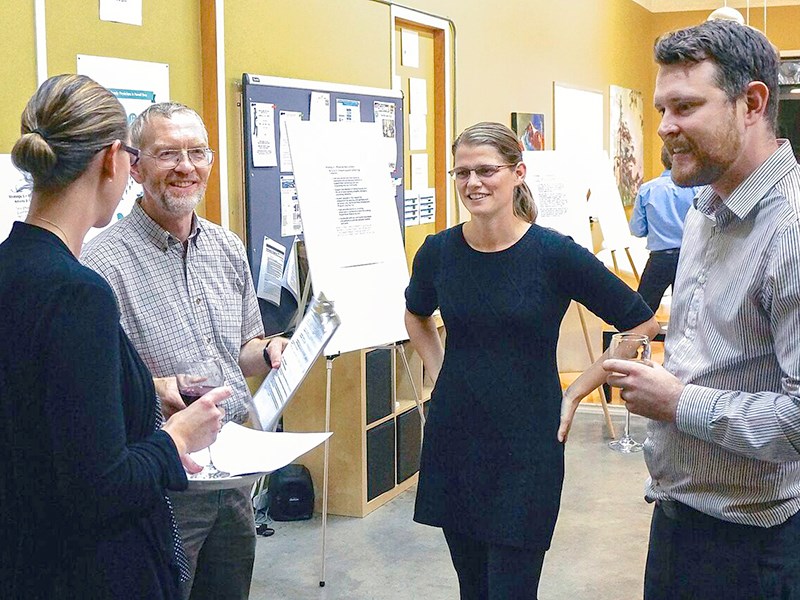Access to family doctors in Canada continues to worsen, but a program concluding at the end of the month is intended to begin addressing that problem in Powell River.
For the last two years, Powell River Division of Family Practice (PRDFP) has been participating in A GP for ME, a provincial program with a purpose to attract more family doctors to rural areas.
When the first phase of the program began in March 2014, the estimated number of patients without doctors was 4,000 to 5,000.
As A GP for ME winds down, and with the addition of four new physicians, PRDFP forecasts the number of people without a doctor has dropped by more than half in the last two years to between 1,200 and 1,400. Family doctors typically take on from 1,200 to 1,500 patients each.
“We supported doctors in advertising for potential positions in their clinic and we recently received requests from prospective physicians and will be facilitating site visits in spring 2016,” said Bruce Hobson, PRDFP board chair.
Including the new physicians, Powell River now has 24 family doctors.
“Counting the number of doctors in a community does not provide an accurate picture,” said Hobson. “Doctors in rural centres have additional tasks outside their clinic. For example, they visit their patients at the hospital and in residential care.”
City of Powell River economic development built a strong community partnership with A GP for ME through its resident-attraction campaign, which aims to bring new people to live and work in the area.
“There’s always struggles with physicians and specialty practices in regard to ensuring there’s enough coverage,” said Scott Randolph, city manager of economic development. “GPs is an area that’s been a problem. I’m hoping to have a conversation soon with Vancouver Coastal Health about nursing, because that’s another area that’s a problem.”
Powell River is not the only community with a shortage of doctors and nurses, but it does have an aging population significantly higher than most.
According to Powell River’s 2015 Vital Signs community report, many residents have to use the emergency room at Powell River General Hospital as their doctor’s office.
“Doctor’s clinics work hard to improve access,” said Hobson. “Most of them are implementing a same-day appointment system so patients can see their doctors in a timely manner.”
The Vital Signs report also states that the city is growing older faster than national or provincial averages.
“The aging population is definitely a unique feature of Powell River,” said Hobson. “Providing care for them requires more doctors.”
Not only is the population aging, so are many of Powell River’s family physicians.
“We estimate that in the next five years,” said Hobson, “up to 10 physicians could be retiring.”



